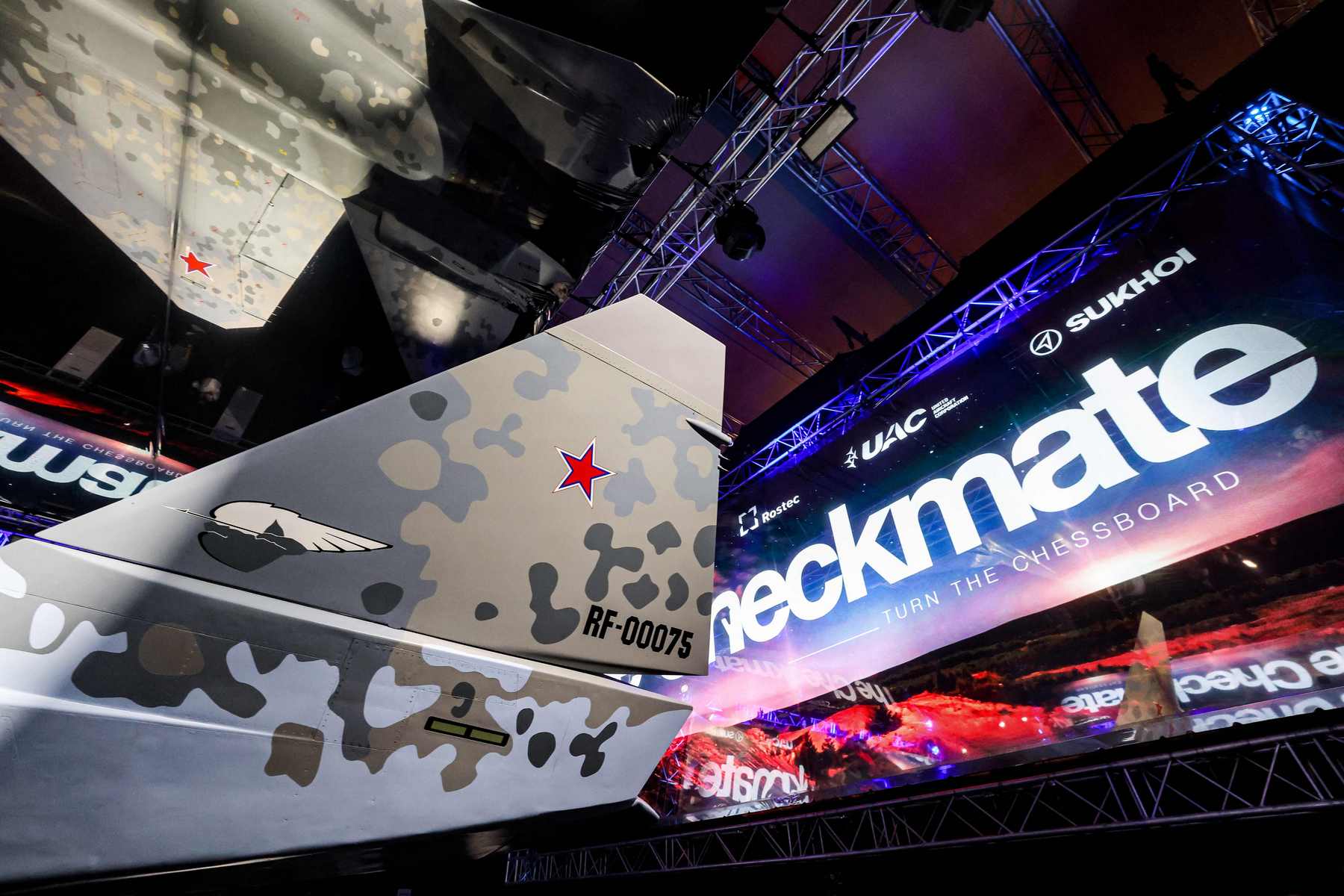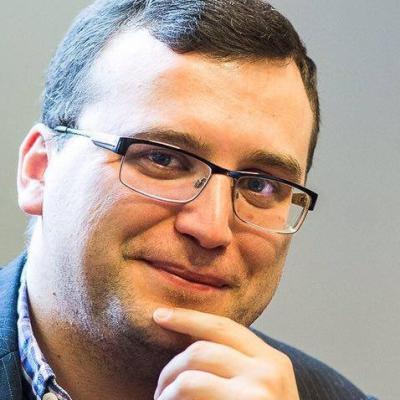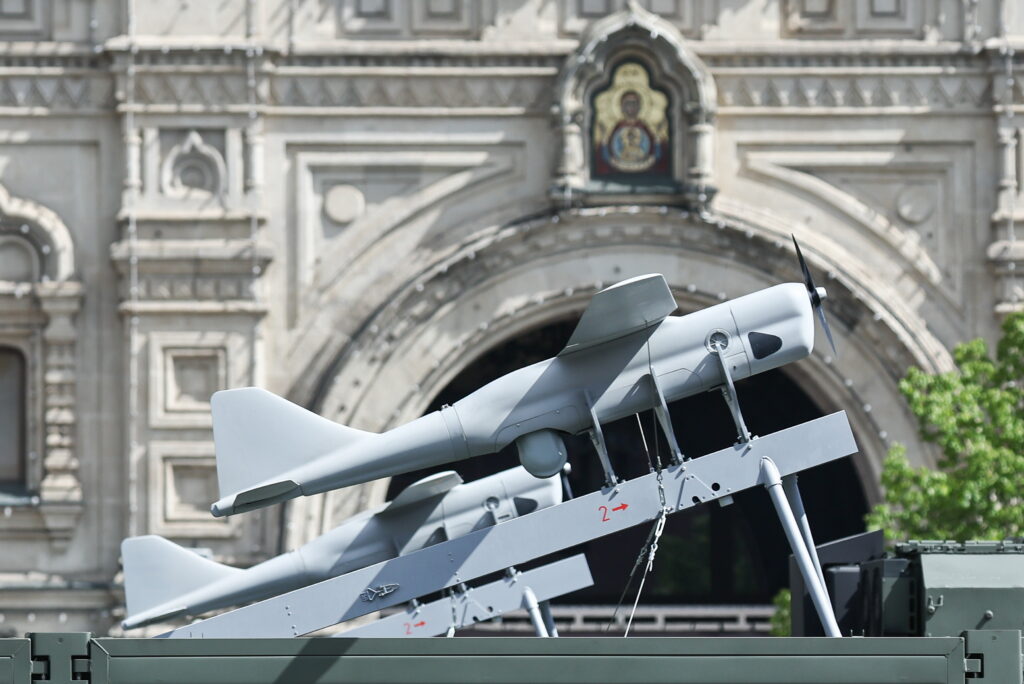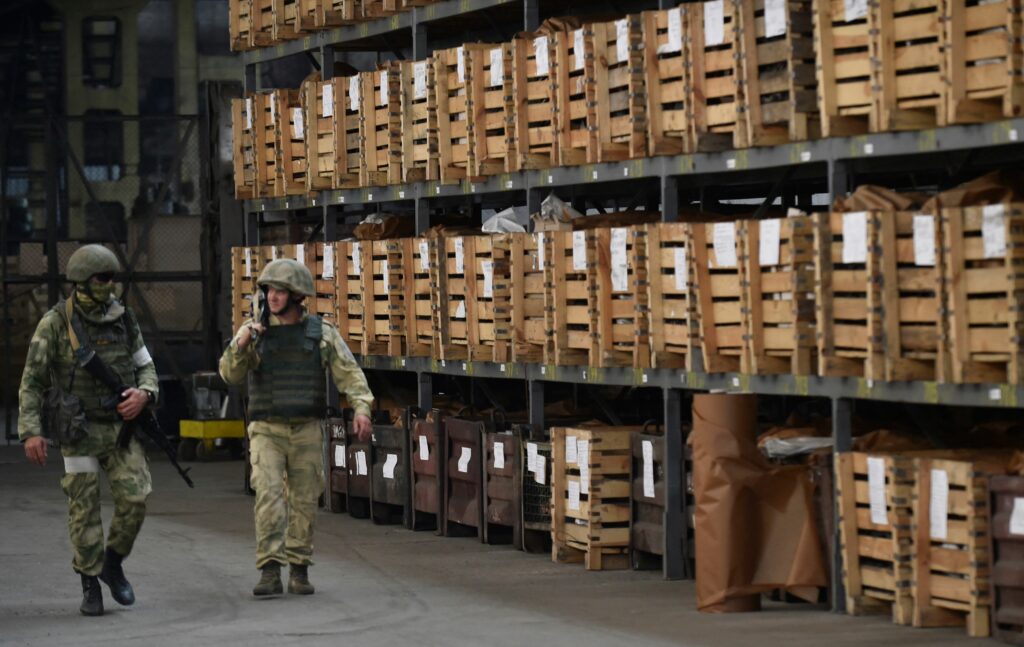Russian representatives revealed at the Dubai Airshow in November 2021 that they believed the UAE would be among the first buyers of the single-engine fifth-generation Sukhoi Su-75 ‘Checkmate’ stealth fighter jet unveiled as a mock-up at the 2021 MAKS air show. Russia’s ambition is to strengthen its combat aircraft fleet with fifth-generation fighters in order not to be inferior to the US, America’s allies and China. Moreover, it wants to be the biggest supplier of such aircraft to foreign customers. It is noteworthy that exports of this generation of fighter jets are restricted in the US: exports of the heavyweight twin-engine Lockheed Martin F-22 Raptor fighter aircraft are banned, whereas the lightweight single-engine Lockheed Martin F-35 Lightning II is delivered only to America’s allies. As for China, it does not export its Chengdu J-20 (‘Mighty Dragon’) fighter.
Meanwhile, serial production of the Su-75 is scheduled to start in 2026 and its export potential is estimated at three hundred jets within fifteen years of launching serial production. This is actually Moscow’s second attempt to develop a fifth-generation fighter jet co-funded by a foreign operator and intended for export. The first such endeavour was a Russian-Indian partnership which failed in 2018 due to disagreements over the sharing of funding and work, as well as the transfer of technology to the Indian party. At the moment, Moscow is interested in cooperating with the UAE, who are perceived as a solvent partner and customer that is additionally immune to Western pressure. At the same time, Russia is manufacturing the Sukhoi Su-57 fifth-generation twin-engine heavyweight fighter aircraft, which is highly compatible with the Su-75 fighter in terms of engines and other technology. The Su-57 is produced for the Russian Aerospace Forces. The Kremlin clearly does not rule out the possibility of exporting it in the future.
The officially estimated price of one Checkmate is $ 30−35 million. Interestingly, the Su-30 and Su-35 and their derivatives (which are, in turn, revamped versions of the Su-27 fighter) are available within the same price range. This means that Russia is expecting a fall in demand for aircraft it has been supplying to the world market for almost twenty years. The prospective drop in demand has to do with higher customer requirements and the risk of coming under US sanctions. However, a less obvious, but perhaps more important reason is the need to upgrade manufacturing facilities for engine and aircraft production, which requires a rainy-day fund.
The Checkmate project is about both politics and economy: it is about finding long-term partners and alliances, withdrawing from donating military technology to big players in Asia, and the need to solve Russia’s internal industrial problems.
Industrial base and unification of aircraft engines
The Checkmate project emerged unexpectedly in 2021 due to ongoing changes in the industrial base. The Rostec State Corporation is in charge of both aircraft engine production (JSC United Engine Corporation, ODK) and aircraft production in general (PJSC United Aircraft Corporation, OAK). Rostec is now trying to reduce business costs of enterprises, increase their economic stability and optimise their production chains given limited resources. In addition, the Russian Aerospace Forces are interested in reducing operating costs of combat aviation and, consequently, further streamlining the fleet of combat aircraft in terms of engines and onboard equipment. And although the Checkmate fighter was presented as an export-oriented fighter variant, it is also part of this policy.
The main engine supplier for Russian fighter jets is the Ufa Engine Industrial Association (ODK-UMPO). It is currently the largest enterprise in the United Engine Corporation both in terms of revenues (approximately RUB 100 billion (about $ 1.4 billion) in 2020) and number of staff (over 23,000 employees). The company’s main products include AL-31 °F and AL-31FP engines for different variants of Su-30 fighters and Su-34 fighter-bombers, as well as AL-41F1S engines for Su-35S fighters, which are an advanced derivative of the AL-31 °F family developed back in the 1970s and ’80s. ODK-UMPO also produces the AL-41F1 engines that power the latest Russian Su-57 fighters and which the Checkmate developers can still count on. The same engines are produced for the S-70 Okhotnik, a Russian stealth heavy unmanned combat aerial vehicle (UCAV) under development.
The problem is that the AL-41 °F engine, being, of course, also a derivative of the AL-31 °F engine, is used on the new fighters as a stop-gap and temporary solution. So-called second-stage engines (the Saturn Izdeliye 30) for Su-57 and Su-75 Checkmate fighters have been under development since the early 2010s. They are unlikely to enter serial production before 2025. At the same time, the company’s production capacity is not limitless. Based on data on deliveries of aircraft equipped with engines made by UMPO and the company’s own data, the current rate of production of finished AL-31 °F and AL-31FP engines can be estimated at about 140−150 items per year (of which seventy to eighty units are produced under contracts with the Russian military). At the same time, the annual production of AL-41F1S and AL-41F1 engines (the latter has been in series production since 2020) can be estimated at about forty items.
Production of the AL-41 °F variant will be expanded in the coming years together with the gradual decline in production of previous generations of engines. This assumption is confirmed by the efforts to equip Su-30SM aircraft with AL-41F1S engines and plans to use these engines in Su-34 aircraft. AL-41F1S engines might also be supplied for the Indian-made variant of the Su-30. There are also plans to develop the AL-41ST-25 high-performance gas turbine engine for gas transmission facilities to replace the AL-31ST. This transition means that UMPO will have spare production capacity to manufacture Izdeliye 30 engines, among other things.
At the same time, the first contract signed by the Russian Ministry of Defence that procured seventy-six Su-57 fighters by 2027 envisages the production of twelve of these aircraft per year by OAK, starting already in 2022. In other words, the contract ends around the time that ODK-UMPO rolls out its serial production of the new generation of aircraft engines. It should be noted that until May 2019, the Su-57 was not at all a priority under the 2018−27 State Armament Programme (it was planned to produce as few as sixteen aircraft). It became a priority as a result of tense negotiations within the Russian power elite.
Still, the Russian military are banking on the Su-35S in the next decade. The leadership of the Defence Ministry is not optimistic about the feasibility of plans to produce twelve Su-57 fighters a year, and, as for the Checkmate aircraft, the Russian leadership still has doubts about the reliability of the single-engine variant. This indicates that there are serious problems with manufacturing both AL-41F1 engines and Izdeliye 30 engines. Hence, we can conclude that the development of a new export-oriented variant of the fighter is an attempt by Rostec to make the difficult transition to new engines financially seamless.
Apart from issues with transition to the production of new types of engines in ODK, there is the problem of overcapacity in OAK. The United Aircraft Corporation still runs eight major aircraft plants despite cuts in previous years and ongoing optimisation of production chains. The Novosibirsk Aircraft Plant has the dimmest outlook; under the 2011−20 State Armament Programme, the plant used to manufacture eight to twelve Su-34 fighter-bombers a year. The future of the plant was put in question when the programme was coming to an end. The new contract covers an additional twenty Su-34 fighter jets by 2024. This means that this issue was put on hold for the time being. Still, the fate of the plant in the 2020s is not off the agenda, and even the fact that prototypes of the S-70 UCAVs are assembled at the Novosibirsk Aircraft Plant does not solve the problem. The development of the Su-75 project coupled with the plans to produce up to twenty such aircraft a year means that Rostec is looking for ways to keep OAK in full swing until the 2040s rather than to further reduce its production capacity. If the project is successful, the production of Su-35S fighters can be moved from Komsomolsk-on-Amur to Novosibirsk, while the plant in the Russia’s Far East will focus on producing fifth-generation fighters.
In search of alliances and investors
As for exports of the Checkmate, the economic aspect goes hand in hand with the political one. Whereas from 1992 to the 2000s Russia tried more or less successfully to attract Western investment and technology to its aircraft construction and other advanced industries, this has no longer been possible for almost eight years. Moreover, the development of Russian combat aviation based on Soviet inventions was largely financed by export contracts in the initial post-Soviet decades.
Although the exact figure is unknown, at least several billion dollars has been spent over the years on developing the fifth-generation Su-57 fighter and its engines and upgrading the respective industrial facilities. By 2010, RUB 30 billion (about $ 1 billion) had already been spent on the Su-57, and the same amount was needed to deliver the first production aircraft. Over the years, this sum could only increase. Taking into account that the estimated value of the above-mentioned contract covering the seventy-six Su-57 fighter jets procured by the Russian Ministry of Defence is RUB 170 billion (about $ 2.6 billion at the time of its signing in 2019), it is safe to say that this covers only part of the cost of building the aircraft. That is, the Checkmate, among other things, is intended to offset the fifth-generation fighter programme and attract foreign funding that would be invested in further developing Russian military aviation.
In a political sense, this project is meant to play the same role that the Su-30 project played in the late 1990s to early 2000s in terms of closer military and technical, economic and political cooperation between Russia and India. Only this time, Moscow clearly wants to diversify its long-term partnerships in favour of financially and politically independent but industrially inferior players. It might also have something to do with Russia’s desire to abandon the role of technological donor that it had long played for China and still does for India, especially given that Moscow is not yet very experienced in manufacturing fifth-generation fighters.
Overall, Rostec, which has monopolised all of Russia’s aircraft production, seeks financial restructuring and wants to stabilise the situation for the United Aircraft Corporation in the long run. However, the Russian budget spending under existing defence and civilian programmes is insufficient. The growing customer demands and imposed sanctions are negatively affecting the export outlook for the foreseeable future. Given that even the Russian Aerospace Forces are not fully equipped with Su-57 fighters, the triumphant unveiling of the Su-75 mock-up is a sign that Rostec is facing additional economic and bureaucratic risks. In turn, within the Russian system, such risk-taking may bode well for the state corporation’s managers, affording them greater political clout.










